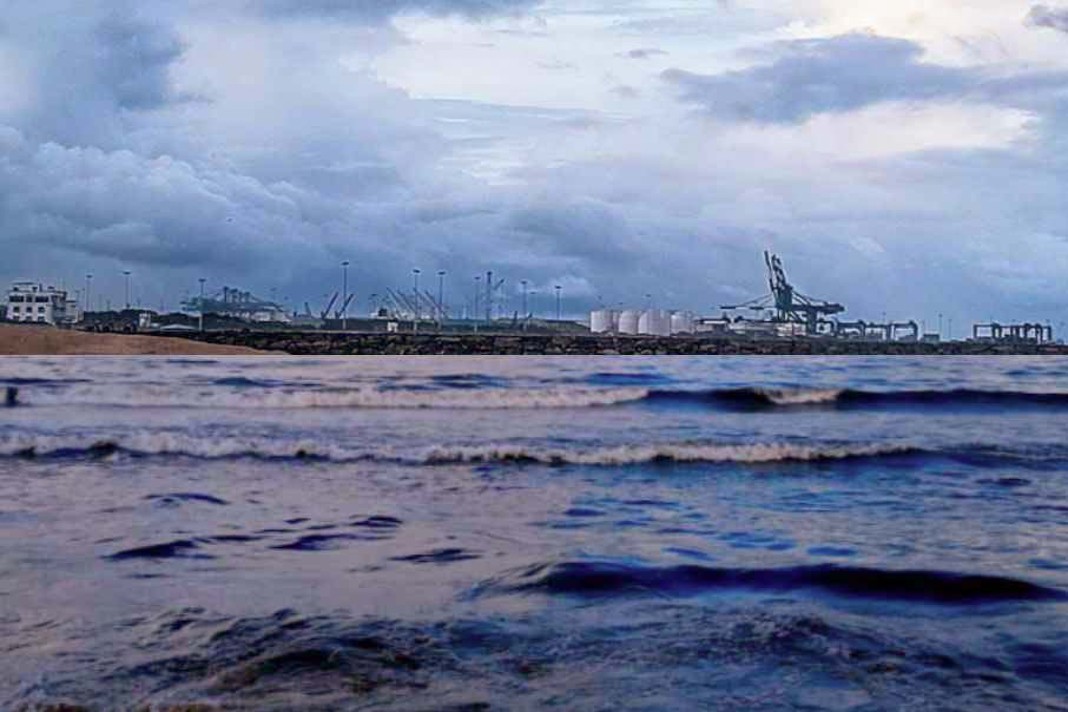Drewry’s analysis of the dry bulk market suggests that investing in second-hand Capesize vessels at current inflated prices is unlikely to yield sufficient returns to justify the associated risks and capital costs, based on long-term charter rate projections, according to an article published on their website.
Investments
Since late 2023, second-hand activity in the Capesize market has surged, with transactions from January to May 2024 doubling year-on-year and surpassing the annual transactions of 2020-22. The values of five-year-old vessels have risen since August 2023, skyrocketing 23% year-on-year in May 2024 to a historically high $62 million.
This market frenzy is driven by a positive long-term outlook due to strong supply-side fundamentals and promising demand avenues. The order book-to-fleet ratio was a mere 6.1% in dwt terms as of May 2024, while demand for Capesize vessels is projected to grow at a CAGR of 3.1% over the next five years. Sustained demand for iron ore and rising demand for bauxite have been key drivers.
Despite the buoyancy in charter rates and the surge in second-hand values, Drewry’s analysis indicates that current second-hand values are overheated. An investment in a five-year-old Capesize vessel at $62 million offers a project IRR of 4.5%, significantly lower than the WACC of 7.9%. The equity IRR for this investment is 3.2%, compared to a cost of equity of 9.1%.
Even using high-case forecasts for 1-year TC rates and FFA projections, the project IRR is only 6.5% and 3.5%, respectively. NPV analysis shows an equity NPV of negative $13.2 million and a project NPV of negative $14.4 million, indicating that investing in a five-year-old non-eco Capesize vessel at current prices is not attractive.
If the same vessel were purchased six months ago for $48 million, the project IRR would have been 7.5%, three percentage points higher than investing at current values. The equity IRR would have been 8.2%, much higher than the present 3.2%, illustrating the impact of the overheated second-hand market.
Did you subscribe to our daily Newsletter?
It’s Free! Click here to Subscribe
Source: Drewry
















